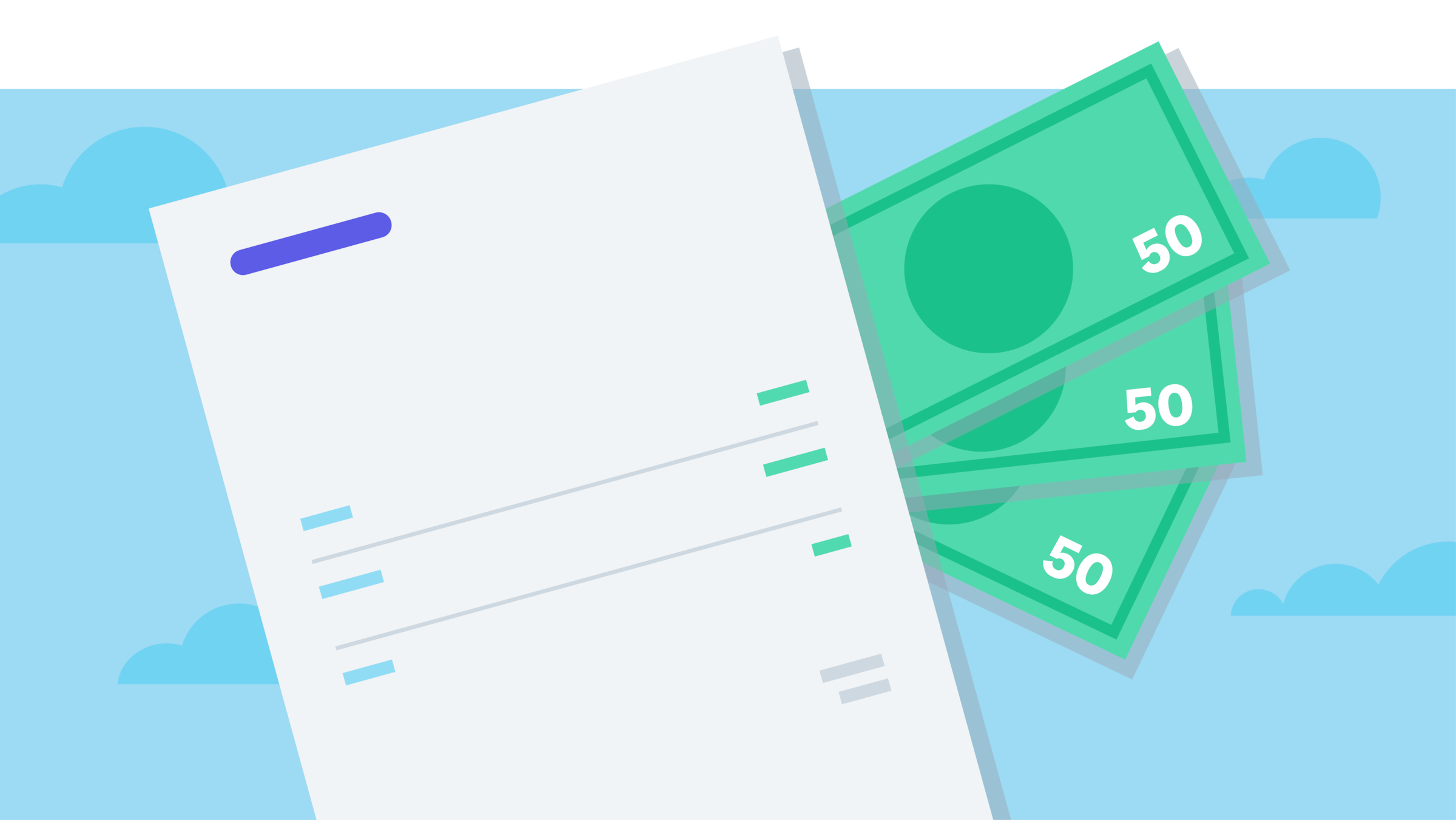How to manage petty cash
Petty cash is cash that businesses keep on hand for small purchases. Learn how to manage a petty cash fund.

Published Wednesday 20 September 2023
A petty cash fund is often used to cover small or unexpected expenses in an office. For example, to buy a card or flowers for an employee’s birthday, or a box of teabags for the staffroom when they’ve run low.
Even though petty cash expenses are usually small, you need to track them. They may be tax deductible and you'll also have a better sense of where you're spending cash.
How does petty cash work?
Most businesses set aside a specific amount of petty cash, and add more as needed to maintain adequate reserves. Depending on your business, this could be anywhere from $100 to $1000 or more.
When you first create your petty cash fund, you record a debit to your petty cash account and a credit to your bank account in your general ledger. For example, if you take $200 out of the bank to fund your petty cash, you record the withdrawal from your bank account and note that the funds were for your petty cash.
When employees incur small expenses, they bring a receipt to you, or an employee you’ve designated to be a cashier for the petty cash. The cashier keeps the receipt, notes the expense in a petty cash book or spreadsheet, and reimburses the employee from the petty cash fund. Alternatively, you or the cashier may give the employee the money directly from petty cash first, so they don’t have to use their own money – just bring back the receipt.
When it's time to top up the petty cash fund, the cashier checks that all of the receipts and the petty cash book have been tallied up correctly and balance. They then send the petty cash book and receipts to the bookkeeper or accounting team who provide more cash from the bank to top up the fund. The cashier updates the petty cash book to reflect the new balance.
The bookkeeper or accounting team also updates the general ledger. They note that cash has been taken out of the bank account and added to the petty cash fund, and they also record the petty cash receipts to the correct expense accounts.
If you're a one-person business, or just have a couple of employees, you're probably going to do all of this on your own. You're going to hand out the cash, collect the receipts, and track everything in the petty cash book. You're also going to go to the bank to get more cash and update your accounting records.
How to record petty cash?
A petty cash account is very straightforward. But it still requires some record keeping. Don't get too stressed about the jargon – once you do this a couple of times, you'll get the hang of it. And using accounting software, like Xero, can make it even easier to handle.
Here's what you need to stay on top of it all.
- Petty cash voucher: note the expense and how it was related to your business. If you reimburse an employee, record their name and get a receipt from them if possible.
- Petty cash book or spreadsheet: track the fund's cash balance. Write down all expenses paid with petty cash as well as any cash added to the account.
- General ledger record: the petty cash receipts are recorded as credits to the petty cash account, and debits to possibly several different expense accounts. For example, if you spend $20 on pencils, credit petty cash $20 and debit office supplies $20.
Example of petty cash book or spreadsheet format
Still wondering, what is a petty cash book? A petty cash book or spreadsheet is pretty straightforward. Check out this example:
Disclaimer
Xero does not provide accounting, tax, business or legal advice. This guide has been provided for information purposes only. You should consult your own professional advisors for advice directly relating to your business or before taking action in relation to any of the content provided.
Start using Xero for free
Access Xero features for 30 days, then decide which plan best suits your business.